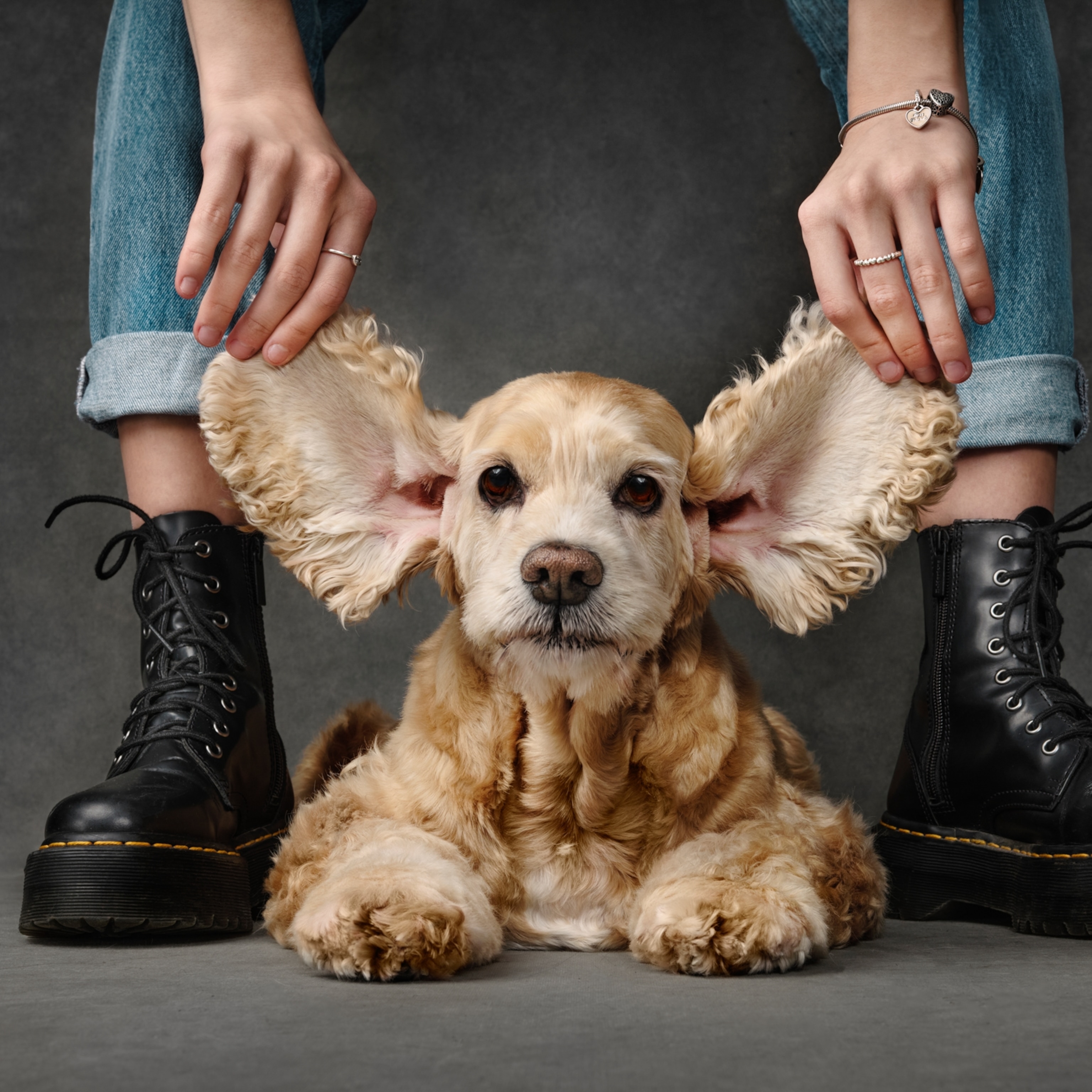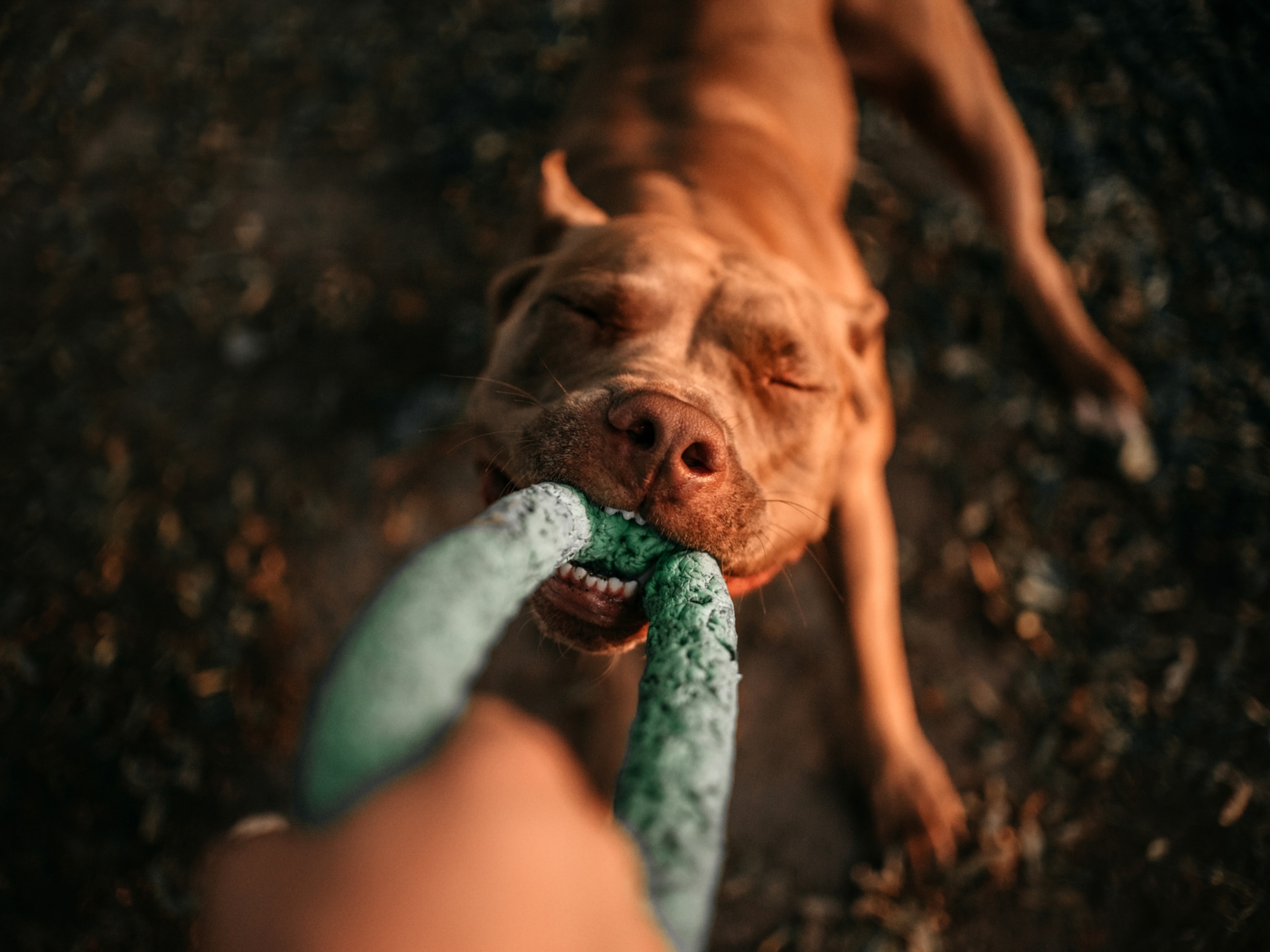How extreme heat affects our pets—and how to help them
Cats, dogs, and rabbits don’t deal with heat like humans do. As heat waves become increasingly common, veterinarians call for extra vigilance.

Record-setting heat and extreme weather events spurred by climate change affects the animals closest to us. Pet cats, dogs, rabbits, rodents and other small mammals, reptiles, and birds all experience and exhibit signs of overheating in different ways than we do.
Here’s what you need to know about how your pets try to cope with heat—and how to help them.
How do pets cool down?
Pet owners “sometimes judge heat by how they feel, and that’s not what we need to do,” says Barbara Hodges, a veterinarian and director of advocacy and outreach for the Humane Society Veterinary Medicine Association, located in Davis, California. A perfect example, she says, is that “people always forget how hot asphalt is,” because we never have to touch it. “You drive somewhere [with your dog] and think, Oh, I’ll just run across the parking lot into the clinic, not realizing that it would really hurt if you don’t have shoes on.”
Animals physiologically deal with heat differently than humans do. To regulate body temperature, we sweat through our skin, head to toe, and the sweat evaporates, cooling our bodies.
Dogs and cats sweat only through their paws and noses; rabbits and birds don’t sweat at all. Dogs rely on panting as their primary way of cooling down—it allows water to evaporate across their lungs, tongues, and moist surfaces of the mouth. Cats typically groom their fur to keep cool; the saliva evaporates off their fur.
While it may be tempting to shave your furry pet in the summer to help them stay cool, don’t do it, says José Arce, veterinarian and president of the American Veterinary Medical Association. It may seem counterintuitive, but fur acts as an insulator; it helps keep animals warm in winter and cool in summer, “like roofs of houses with layers of insulation,” Arce says. Plus, it protects them from sunburn, something they’re as susceptible to as humans.
Dealing with extreme heat
While pets have adaptations to deal with normal summers, they “don’t cope with extreme heat,” says Hodges.
Extreme heat “can overwhelm an animal’s thermoregulation, preventing them from shedding that excess heat and eventually leading to heatstroke, which can be fatal,” Arce says.
All pets are susceptible to heat stroke, but some are at higher risk, Arce says. Brachycephalics—short-headed dogs like pugs, bulldogs, French bulldogs, and Boston terriers—have narrow windpipes and can have trouble exhaling air, which means they may have trouble keeping themselves cool. Pets with cardiac issues and pets that are overweight, very young, or very old, can be similarly vulnerable, he says.
The environment they’re used to also matters, says Hodges. “A dog who has grown up in Phoenix is going to be much more used to warm weather than a dog that comes down to Phoenix for vacation,” she says.
Heat stroke can happen anywhere. “I’ve lived in Louisiana, Massachusetts, and Puerto Rico, and I’ve seen heatstroke [in pets] in all three places,” Arce says. Often, heatstroke can be triggered by leaving dogs in cars, even in 70-degree temperatures, for minutes, he says.
Never leave your pet in a closed car unattended under any circumstance, Arce says. If the outside air is 80 degrees, the temperature in a closed car will hit 100 degrees in about 10 minutes. (See a dog locked in a hot car? Here's what you can do.)
Even normal activities can lead to heat stroke when temperatures are extreme. “It used to be OK to leave a dog in the backyard for a couple hours on summer day,” Hodges says, but with rising temperatures triggered by climate change and frequent heat waves, it’s important to be more vigilant.
How to protect your pets from extreme heat
“You don’t want animals to be out of your sight for very long in extreme temperatures, whether it’s hot or cold, because things can change very quickly,” she says.
During heat waves, Arce recommends keeping your pets indoors and away from windows, and walking dogs early in the morning or later in the evening, when air and pavement temperatures have cooled. Provide plenty of water, and even ice packs for pets to lie against.
Signs that your pet may be in distress from heat exposure include lethargy, excessive panting (or any panting in rabbits), rapid breathing, shaking, drooling, excessive restlessness, and prolonged lack of appetite. If these symptoms occur, Arce says to contact a veterinarian for advice. More severe symptoms include vomiting and diarrhea. Purplish-gray gums and tongue and the inability to stand up are signs of extreme distress in dogs.
Birds may struggle to spread their wings away from their bodies or start panting. Although many reptiles are adapted to heat, extreme heat can still affect them. Signs of distress can include rapid breathing, heavy panting, excessive shaking, and appearing agitated. Reptiles may get disoriented and confused in extreme heat and stop moving around or lose consciousness.
Individual veterinarians are well-positioned to advise pet parents, Hodges says, but at an industry level, “I don’t think there’s been a concerted effort to focus on climate change and its impact on pets.”
With warming temperatures and more frequent and extreme weather events, she says, educating people about the risks to their pets is more vital than ever.








